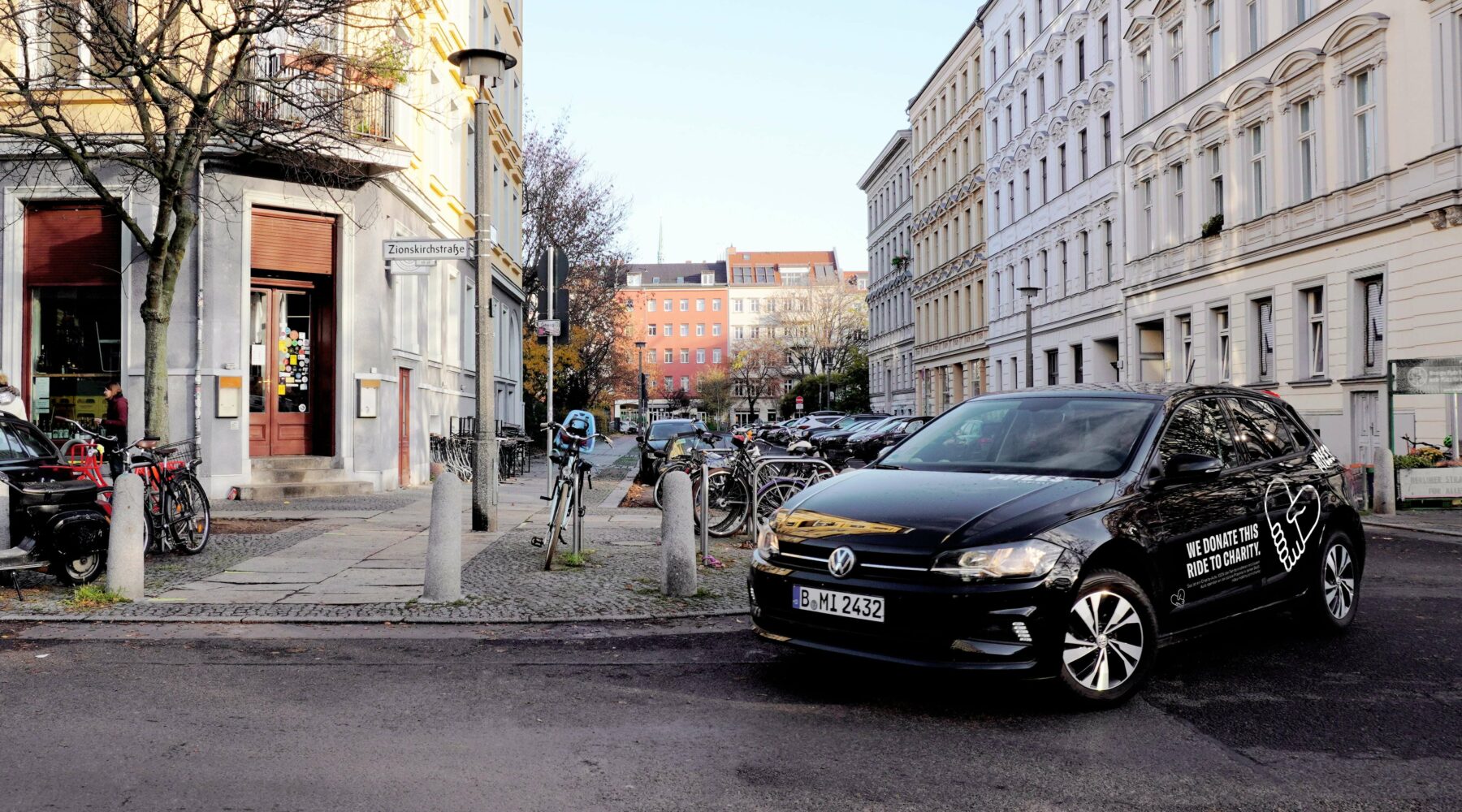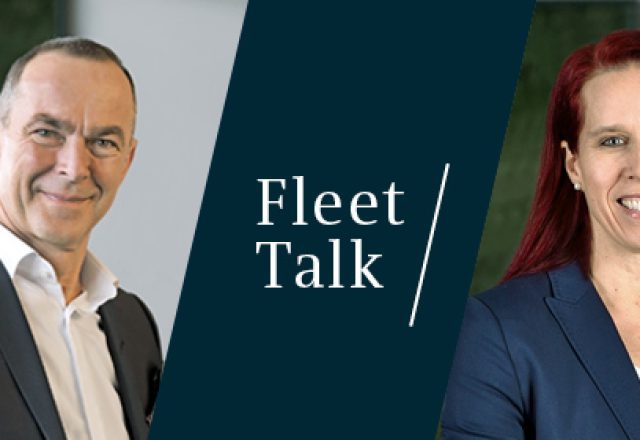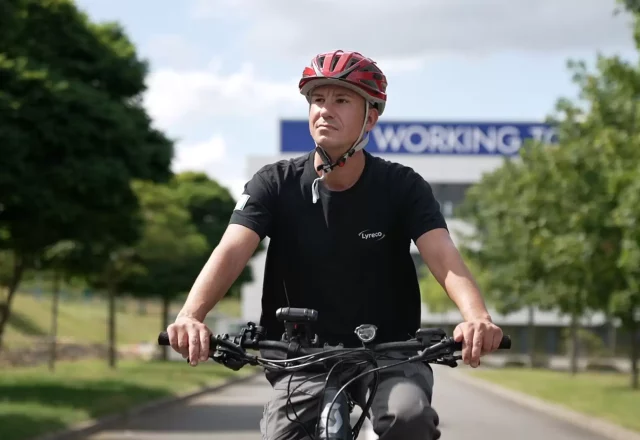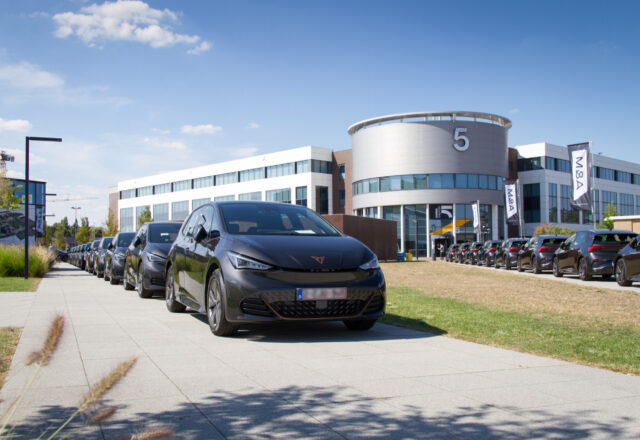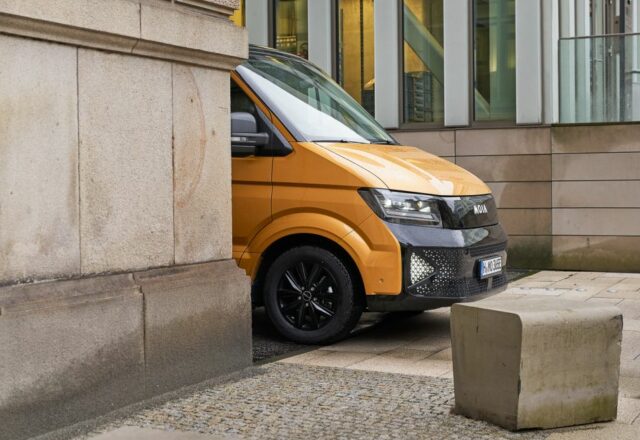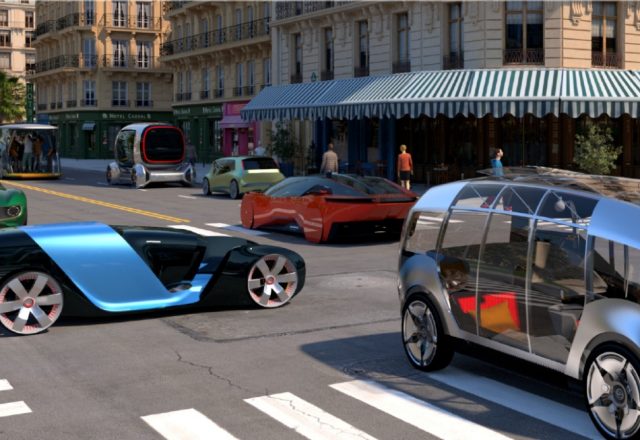Anyone contemplating car sharing in Berlin, Hamburg, Brussels, Ghent or many other large towns or cities in Germany and Belgium will almost inevitably come across MILES Mobility, by now the largest free-floating car sharer in Europe. We spoke to CEO Oliver Mackprang about winning formulas, changing user needs – but also about why the concept needs good public transport to work efficiently.

Oliver, we learned earlier that you are somewhat reluctant to describe MILES as a car sharer.
Seems like you are well informed. I prefer to describe us as a car network operator, because we don’t just offer car sharing but also other rental models such as car subscriptions and daily rates.
That’s fair enough – but there’s one other term we might clarify before we get started: What does free floating mean in relation to your business model?
This simply means that our users start their car sharing directly at the roadside. In other words, they don’t have to go to a particular location to either pick up or drop off a car.
How does it actually work?
First of all, there are a number of ways to book your car, such as through partner offers like FREE NOW, SIXT, hvv switch or Jelbi. But you can naturally also use our own MILES app, which shows you where the next car is available and allows you to click and reserve it and unlock it with a pin – that’s it. When you’re done, simply park as normal in a public car park within our local operating area. You don’t need to take a ticket as we pay the parking charges. With our basic package, customers only pay for the kilometres driven and not the rental time.
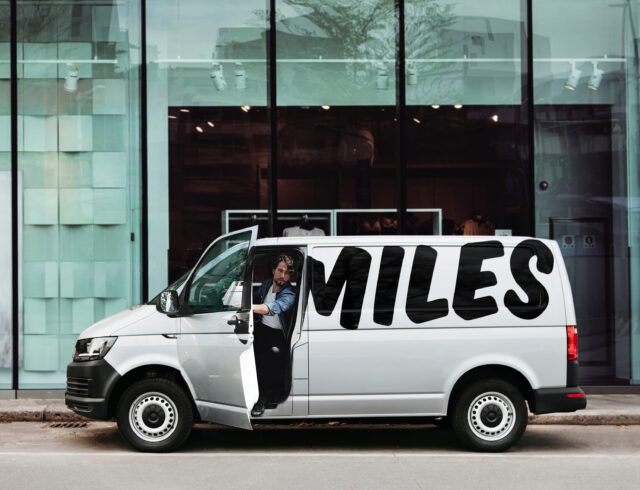
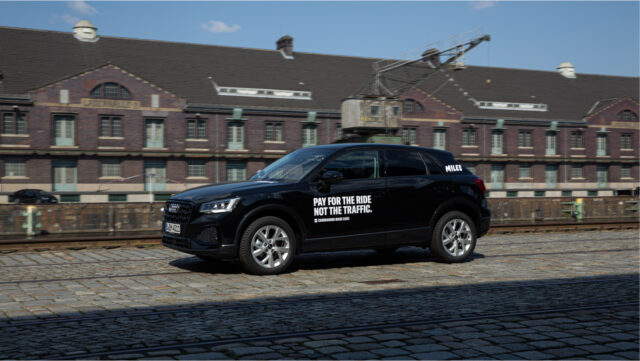
You offer vans for rent as well as passenger cars in various classes – how many vehicles do you have in your fleet at present?
Our founders Alexander Eitner and Florian Haus started out in 2017 with a fleet of 25 Audi A3 cars, which were already leased at the time from Volkswagen Leasing GmbH. Today, our fleet includes about 16,000 vehicles. Some 60 per cent come from the Volkswagen Group brands, with which we entered a strategic partnership in 2022. The most popular car sharing choice at present is the Polo, although electric cars are catching up quickly. We therefore reached an agreement at the end of last year to order 10,000 all-electric passenger cars from Volkswagen, Audi, SEAT and CUPRA, which are already rolling in gradually. It’s great in this regard that we have direct contacts for the procurement process at each of the Group brands and at Volkswagen Financial Services International Fleet. That said, we have a special relationship with the Group anyway – they had faith in us from the outset.
You currently have a presence in eleven German and three Belgian cities – but why just in cities?
It’s very simple: Our model only works as well as the mobility mix allows for locally. If you are living in the country with a bus or train service running once every hour, car sharing is simply not a serious alternative to your own car. No matter how uncomplicated, nobody would book a car sharing vehicle three times a day to take the children to sport, to go to the doctor in the afternoon and to go shopping in the early evening. The situation is entirely different in large towns and cities, where people simply have more options to get from A to B – whether subway or tram, rental bike, e-scooter etc. The service offered by MILES fits in perfectly here because it integrates seamlessly into the mobility mix so to speak.
Is there an approximate yardstick for the ideal population size to ensure good take-up of your service?
The minimum population size I would say is roughly 250,000; below this it gets “interesting”. Of course, topics like car ownership rate, earnings power, age structure and digitalisation level also play an important role in addition to the mobility mix. We can see this clearly from our data: In smaller cities like Augsburg, Bonn or Duisburg, we register more hourly and daily rentals; customers therefore hold on to the car for longer. In Berlin, Hamburg and Munich, on the other hand, the classic car sharing principle is more evident, in other words the car is basically used in the same way as the many other available modes of transport – get in, drive, get out, that’s it.
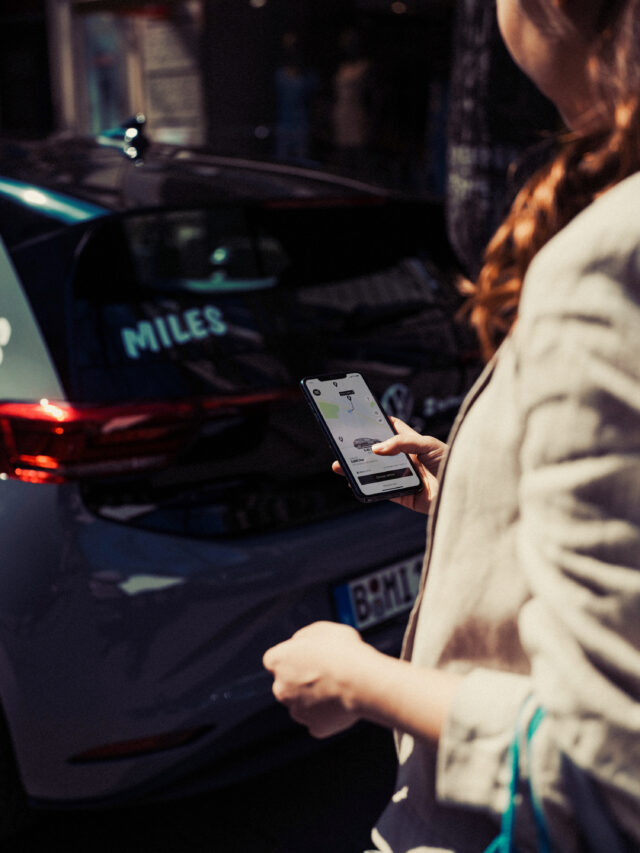

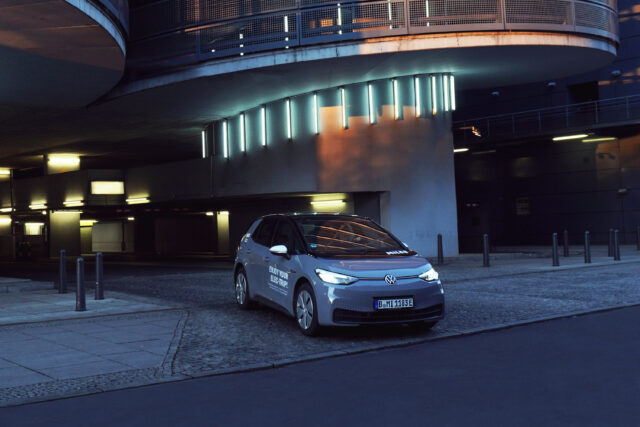
How about rental behaviour? Do you still get a sense of range anxiety with electric vehicles?
The question of whether to choose a combustion engine-powered car or an electric car is always a very personal matter. Someone who is more used to driving an electric car has no problem with range anxiety. So if there is an ID.3 available at Berlin airport with a 20 per cent charge level, the customer will not hesitate to book it for a trip into the city. Someone with no experience of electric cars will naturally be more cautious in this case. What we see essentially is that the further the journey, the longer the rental duration and the greater the percentage of combustion engine cars.
Let’s stay with the topic of electric mobility. There are numerous new car manufacturers on the market at present. Do you sense an increased interest in these?
A certain curiosity certainly, but the desire to try out a new manufacturer plays a lesser role for our customers. At the end of the day, rental customers primarily expect reliability. If I need a car quickly to get to my destination then I don’t want to worry about whether everything will work properly. This sense of trust and confidence in the vehicles is crucial for our business model.
Speaking of business model: You have developed from a start-up to industry leader in seven years. Is there a tendency to be a little overconfident given this pace?
Overconfidence is definitely not in our DNA. We have pursued a cooperative strategy from the very beginning and relied on collaboration with cities, public transport providers and other partners. This was essential to really make MILES a sustainable part of people’s personal mobility mix. The fact that this has succeeded is unbelievably gratifying – and we naturally want to grow, be it in Germany, where Wuppertal has just been added recently, or internationally with the launch of MILES in Belgium last year. But we always approach such growth very carefully, otherwise there is a risk of overextending ourselves. In other words, we remain true to our policy of not operating any sideline business. MILES is a 100 per cent mobility provider; that will not change.
Vehicle images show special equipment.
The specified fuel consumption and emission data has been determined according to the measurement procedures prescribed by law. On 1 January 2022, the WLTP test cycle replaced the NEDC test cycle fully. This means that NEDC values will not be provided for new type-approved vehicles after this date. The information does not refer to an individual vehicle and is not an integral part of the offer. It is provided solely for the purpose of comparison between the different vehicle types. Additional equipment and accessories (e.g. add-on parts, different tyre formats etc.) may change the relevant vehicle parameters, such as weight, rolling resistance and aerodynamics, and, in conjunction with weather and traffic conditions and individual driving style, may affect fuel consumption, electrical power consumption, CO₂ emissions and the performance figures for the vehicle.
Because it involves more realistic testing conditions, the fuel consumption and CO₂ emission values calculated in accordance with the WLTP are in many cases higher than those calculated in accordance with the NEDC. As a result, there may be corresponding changes to vehicle taxation starting on 1 September 2018. Further information about the differences between WLTP and NEFZ can be found at www.volkswagen.de/wltp.
Further information on official fuel consumption figures and the official, specific CO₂ emissions of new passenger cars can be found in the “Guide on the fuel economy, CO₂ emissions and power consumption of new passenger car models”, which is available free of charge at all sales dealerships and from DAT Deutsche Automobil Treuhand GmbH, Hellmuth-Hirth-Str. 1, 73760 Ostfildern-Scharnhausen or at www.dat.de/co2.
Status: 18.07.2023
© Volkswagen
